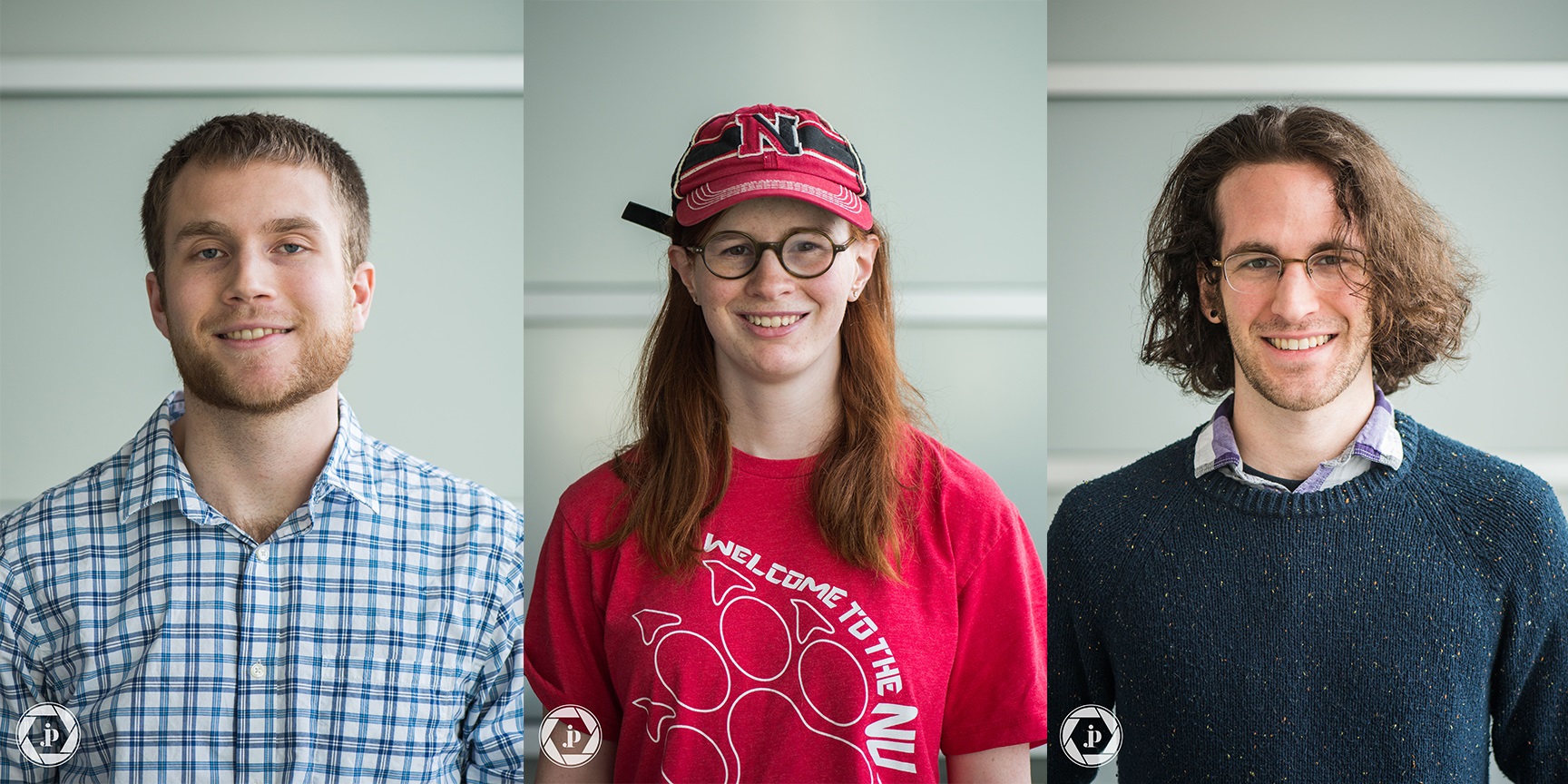Khoury News
Not Just Fun and Games: Students Work and Learn as Conference Associates at GDC
By Emily Ashbolt The Game Developers Conference (GDC), a week-long event held in San Francisco every year, is the largest conference in the game development industry. Attracting over 25,000 developers, […]

By Emily Ashbolt
The Game Developers Conference (GDC), a week-long event held in San Francisco every year, is the largest conference in the game development industry. Attracting over 25,000 developers, animators, and programmers from around the world each year, it is a hive of idea-swapping, pitching, creation-unveiling, and networking for those involved in game development in any capacity. This opportunity, however, comes at a price, and for many, it can be a little out of reach. For instance, this past year, “All-Access” passes started at $1,900 and went up to as much as $2,400 if bought the week of the conference.
For those who might not be able to fund their own entry, GDC offers an alternative: a Conference Associates (CA) program, in which wannabe attendees can apply to earn their attendance in exchange for performing about 25 hours of work while at the conference. This year, three Northeastern students were able to attend GDC through this program.
This year marked the third time computer science and game design combined major Julia Wlochowski attended GDC and also the third time she attended as a CA during her 4th year at Northeastern. “I actually applied to go [to GDC through the CA program] my freshman year and I didn’t get in, but my sophomore year, I talked with Jason Wiser, who is an animation professor at Northeastern -- he has been involved with the CA program for 15 or 16 years now, [and] he was able to help me apply and give me a recommendation.”
Wlochowski had such an enriching time at GDC that first year that she encouraged her peers to also attend. As a CA veteran, she was able to recommend them for the CA program herself. This allowed Jeffrey Robbins, a senior computer science and game design major, and Mackenzie Denker, a fourth year computer science and music composition combined major, to attend with her this past year.
For Wlochowski, attending GDC is about the connections one is able to make with people within the industry. “It’s always the people I get to meet. I’ve met people who’ve made games that inspire me, and I look up to these people as developers, and then I get to meet them in person, which is really cool.”
In addition to meeting panelists and speakers at the conference, being a CA allows for many opportunities to network with people from all branches of game design within the program itself. “It’s a really cool volunteer program...and it’s really different in that it's made up of developers, so all of the volunteers you meet there are able to give you advice on your resume and your portfolio.”
Some of the perks include a CA lounge where volunteers gather in between shifts and in the evenings and other CAs are always around, “If you want to play games with someone, or just hang out and talk.”
The tasks volunteers are asked to do are “pretty straightforward”, according to Wlochowski, such as directing guests, helping speakers run sessions, and making sure all attendees are wearing their badges. “You’ll do various tasks on your shifts and then for the rest of the time you’re a normal attendee, so you can just do whatever you would normally do if you’d spent $2,000 on a pass.” Volunteers have the flexibility to schedule their shifts around any specific programming they plan on attending.
Both Robbins and Denker, the students Wlochowski encouraged to attend, had the same opinions on the networking potential of the event, and specifically among the CAs. “The best part of my experience was listening to other CAs talk about their failures and successes,” reflected Robbins. “It gave me the opportunity to meet developers in our industry and get invaluable career contacts. I used this as an opportunity to meet with potential employers during the conference and gain a greater understanding of what being a game developer entails.”
Denker agreed. “I got to meet awesome people, including people just starting out in the industry and long-time developers.” For Denker, it was also nice to feel helpful. “l got to help out and make the conference the best it can be, which will hopefully inspire the developers to make even more amazing art, which might even change the world.”
This was an aspect of GDC that both students knew before attending. Said Robbins, “GDC is a great opportunity to connect with industry professionals and learn more about breaking in”. For Denker, GDC represented “the best way to make connections when you’re first starting out, and really ignites your passion, no matter what stage of career you have.” Being able to be part of the program as a CA added that much more to the trip.
Naturally, being a CA is a much-desired position - this past year, the program had only a 25% acceptance rate. But for those who make it in, being a CA is much more than just a way to access the GDC- it also becomes an enhancing experience in itself.